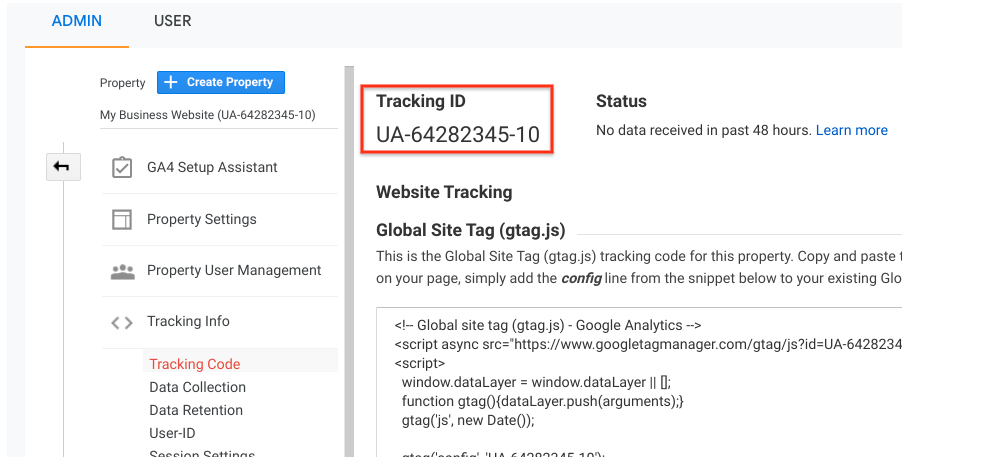Understanding the Art of Conquering Information Collection Limitations in Google Analytics for Better Decision-Making
In the world of electronic analytics, the capability to extract purposeful understandings from data is critical for educated decision-making. Google Analytics stands as an effective tool for services seeking to understand customer behavior, track conversions, and enhance their on-line presence. However, information collection limitations within this platform can prevent the precision and depth of the info gathered. To absolutely harness the potential of Google Analytics for strategic decision-making, grasping the art of getting over these restrictions is crucial. By utilizing innovative strategies and critical methods, organizations can elevate their information top quality, unlock hidden insights, and lead the way for more effective and informed decisions.
Data Quality Assessment
Examining the quality of information within Google Analytics is a critical action in making certain the reliability and precision of insights acquired from the collected info. Information top quality assessment involves reviewing different facets such as accuracy, completeness, uniformity, and timeliness of the information. One key facet to think about is information accuracy, which refers to just how well the data shows the real values of the metrics being determined. Imprecise data can lead to faulty conclusions and misguided company decisions.
Completeness of information is one more important aspect in analyzing information quality. Consistency checks are also crucial in information top quality analysis to identify any inconsistencies or anomalies within the data collection. By prioritizing data high quality analysis in Google Analytics, services can enhance the dependability of their analytics records and make even more educated choices based on accurate insights.
Advanced Monitoring Methods
Utilizing innovative tracking strategies in Google Analytics can significantly boost the depth and granularity of data gathered for more extensive evaluation and understandings. One such technique is occasion tracking, which permits the surveillance of specific communications on a web site, like click buttons, downloads of files, or video sights. By carrying out event monitoring, organizations can acquire a deeper understanding of user behavior and involvement with their on-line material.
In addition, custom dimensions and metrics offer a way to tailor Google Analytics to details service requirements. Custom-made measurements enable the creation of new information factors, such as user duties or customer sections, while customized metrics allow the monitoring of one-of-a-kind performance indications, like profits per user or ordinary order worth.
Moreover, the application of Google Tag Manager can simplify the execution of monitoring codes and tags across an internet site, making it less complicated to manage and deploy innovative monitoring setups. By harnessing these advanced tracking techniques, companies can open useful insights and maximize their on the internet approaches for better decision-making.
Custom Measurement Execution
To improve the depth of data collected in Google Analytics beyond advanced tracking methods like occasion tracking, companies can execute personalized measurements for even more tailored insights. Custom-made dimensions allow companies to specify and gather certain data factors that are appropriate to their unique goals and objectives (What Data Does Google Analytics Prohibit Collecting?). By designating customized measurements to different components on a site, such as user interactions, demographics, or session details, businesses can obtain a more granular understanding of how users involve with their online residential properties

Acknowledgment Modeling Techniques
By using the ideal attribution model, businesses can precisely connect conversions to the suitable touchpoints along the customer trip. One typical acknowledgment model is the Last Interaction version, which provides credit rating for a conversion to the last touchpoint a customer communicated with before transforming.

Data Testing Avoidance
When dealing with large quantities of data in Google Analytics, overcoming information sampling is important to make sure accurate understandings are investigate this site obtained for educated decision-making. Data tasting happens when Google Analytics estimates patterns in data rather than analyzing the complete dataset, possibly leading to skewed here are the findings outcomes. By taking these positive actions to lessen data sampling, companies can remove much more exact insights from Google Analytics, leading to far better decision-making and improved general performance.
Verdict
To conclude, understanding the art of overcoming data collection limitations in Google Analytics is vital for making informed decisions. By performing an extensive data quality analysis, implementing sophisticated tracking strategies, utilizing customized dimensions, employing attribution modeling strategies, and staying clear of data tasting, organizations can guarantee that they have reliable and precise data to base their decisions on. This will eventually bring about a lot more reliable strategies and much better end results for the company.
